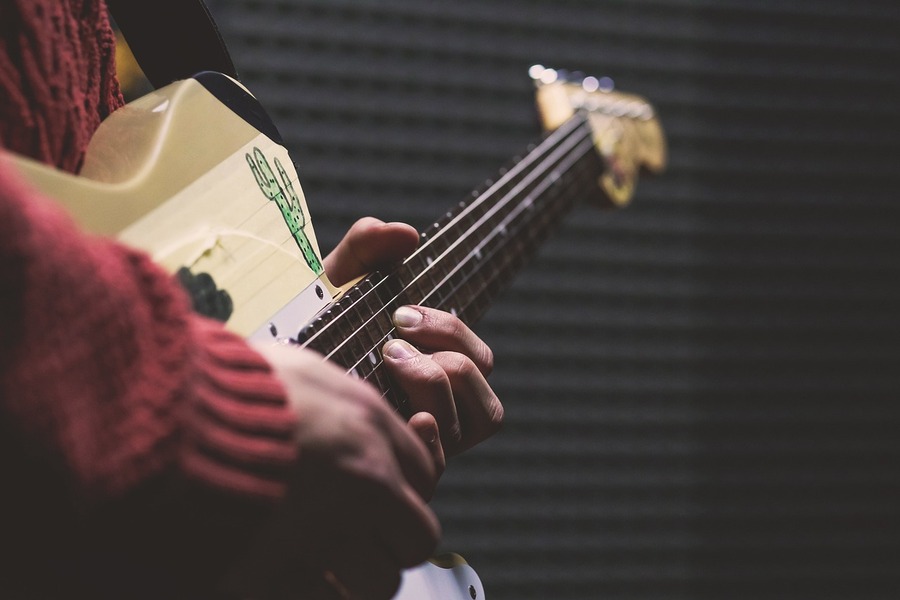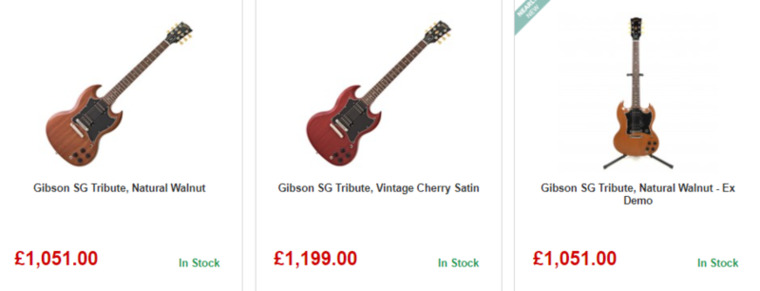The quest for a unique guitar tone is a journey every guitarist embarks on, seeking a sound that distinguishes them from others. Achieving this signature tone involves understanding various elements, from the instrument itself to the equipment and techniques used. Here’s a comprehensive guide to help you discover and refine your unique guitar sound.

1. Understanding Your Guitar
Your guitar is the foundation of your tone. Different guitars offer distinct tonal characteristics based on their build, wood, pickups, and hardware.
- Wood Type: The type of wood used in the guitar body and neck significantly impacts the sound. For example, mahogany offers a warm, rich tone, while maple provides a brighter, sharper sound.
- Pickups: Single-coil pickups produce a clear, crisp sound with more treble, ideal for genres like blues and rock. Humbuckers offer a thicker, more powerful sound with less noise, suitable for heavier rock and metal.
- Hardware: The bridge, tuners, and other hardware also affect sustain and tone. Experimenting with different components can subtly alter your sound.
2. Amplifiers and Effects
The amplifier and effects pedals you use are crucial in shaping your tone.
- Amplifiers: Tube amplifiers are renowned for their warm, dynamic sound and natural overdrive, while solid-state amps offer reliability and a clean tone. Modeling amps provide versatility, emulating various amp sounds and effects.
- Effects Pedals: Effects like overdrive, distortion, reverb, delay, and modulation can dramatically change your sound. Experimenting with different combinations and settings helps create a unique tonal palette.
3. Playing Technique
Your playing style and technique are integral to your tone.
- Picking Dynamics: The force and angle at which you strike the strings can change the sound. Harder picking produces a more aggressive tone, while lighter picking offers a softer, more nuanced sound.
- Finger Positioning: Where you position your fingers on the fretboard and how you press the strings affect the tone. Experiment with different positions and techniques like bending, sliding, and vibrato.
- Pick Type: Different picks (plectrums) can alter your tone. Thicker picks produce a fuller sound, while thinner picks offer a brighter tone. Materials like nylon, celluloid, and metal also impact the sound.
4. Recording Techniques
How you record your guitar can influence your tone.
- Microphone Placement: The position and distance of microphones from your amplifier can change the captured tone. Closer miking provides a more direct sound, while distant miking captures more room ambiance.
- Direct Input (DI): Recording directly through a DI box or audio interface can offer a cleaner sound, which you can later shape using digital effects and amp simulators.
5. Experimentation and Tweaking
Creating a unique guitar tone is a process of continuous experimentation.
- Try Different Gear: Test various guitars, amps, and pedals to find combinations that resonate with you.
- Adjust Settings: Constantly tweak your amp and pedal settings. Small changes can lead to significant differences in tone.
- Learn from Others: Study the tones of guitarists you admire. Analyze their gear and techniques, and adapt aspects to fit your style.
6. Consistency and Maintenance
Maintaining a consistent tone requires regular care of your gear.
- String Maintenance: Old strings can sound dull and lifeless. Regularly changing strings keeps your tone bright and fresh.
- Setup and Intonation: Ensure your guitar is properly set up with correct intonation. This affects tuning stability and overall sound quality.
- Equipment Care: Regularly check and maintain your amp and pedals to avoid any tonal inconsistencies caused by wear and tear.
Conclusion
Finding your unique guitar tone is an evolving journey that combines understanding your instrument, experimenting with gear, refining your technique, and maintaining your equipment. Embrace the process, and over time, you’ll develop a sound that is distinctly yours, setting you apart as a guitarist. Keep experimenting, learning, and playing – your unique tone awaits!




